Interviews
Working at a first aid station on Oahu after December 7
The senior year with great expectations, and lo and behold on this senior year, December 7, 1941, Pearl Harbor. And that really changed our lives. At school, at McKinley High School, our class of one thousand dwindled to about maybe eight hundred or fewer. A lot of them who were eligible went to work in defense establishments, especially Pearl Harbor. Of course, those of us of Japanese descent could not. But we could do other things. But those of us who remained in school... well, after December 7th the schools were closed and we didn't get back until February, sometime in February. In the meantime, many of us did work.
Like Dan Inouye, I volunteered to work at a local first aid station, which was held at Thomas Jefferson School, which was only about two blocks away from our home. I went there to, I volunteered. And they made me the supply clerk. And this is where I earned my first considerably bigger, big salary, I thought in those days. I was surprised by the... and how old was it? Seventeen or eighteen? I was the supply clerk.
And one of the most interesting things was the government decided to distribute gas masks to all those on Oahu because we were afraid of a gas attack. And it was my job as supply clerk to distribute the gas masks in our neighborhood. And of course, most people came very gladly, and got their gas masks. But I was surprised when a group of persons came and said that they were conscientious objectors and not only, they were Jehovah's Witnesses or whatever and they didn't believe in using gas masks, so they didn't even want to take them. And I was very perplexed by this, so I had to kick it upstairs to see what they were doing about this. [Laughs]
We didn't, at the first aid station, the first few days were quite hectic. We had blackouts, but the things we treated were actually accidents that would have gone to the emergency hospital. Someone crashed his motorcycle or so on.
Date: March 19, 2004
Location: California, US
Interviewer: Mitchell Maki
Contributed by: Watase Media Arts Center, Japanese American National Museum.
Explore More Videos
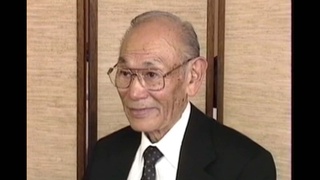
Manhunt
(1919 - 2005) Challenged the constitutionality of Executive Order 9066.

The Final Verdict
(1919 - 2005) Challenged the constitutionality of Executive Order 9066.
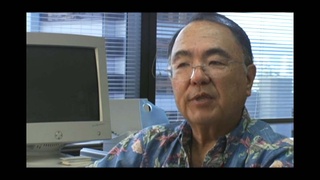
Less information about Hawai‘i in mainland
(b.1944) Founder of Kobayashi Group, LLC
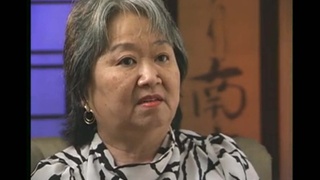
Search of family home by the FBI following the bombing of Pearl Harbor
(1937 - 2021) Teacher

Not recognizing father after reunion at Crystal City, Texas
(1937 - 2021) Teacher

A child's memories of activities at Crystal City, Texas
(1937 - 2021) Teacher

Hearing about Pearl Harbor
(b. 1921) Nisei veteran who served in the occupation of Japan
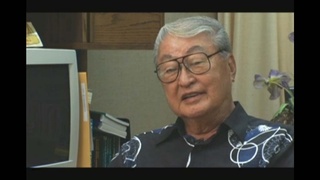
Starting a medical program in Hawai‘i
(b.1925) Sansei, cardiovascular surgeon.

Traveling to Manzanar
(b. 1921) Nisei veteran who served in the occupation of Japan
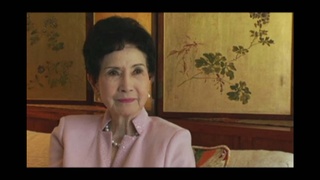

Victory Corps Work during World War II
(1925 - 2018) Nisei educator from Hawai‘i

Jobs in Manzanar
(b. 1921) Nisei veteran who served in the occupation of Japan

Sugar beet and potato farming in Idaho
(b. 1921) Nisei veteran who served in the occupation of Japan

Recalling Pinedale and Tule Lake concentration camps
Judge, only Japanese American to serve on CWRIC.

Being called out of Reserves
(b. 1921) Nisei veteran who served in the occupation of Japan
